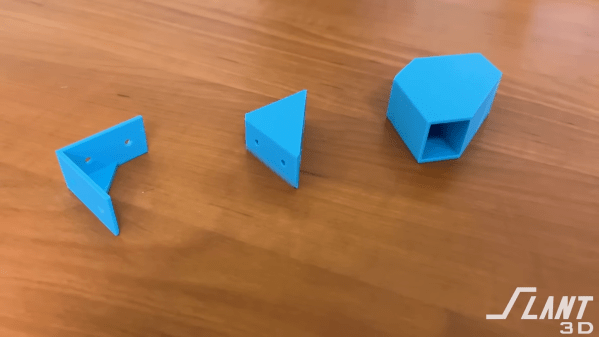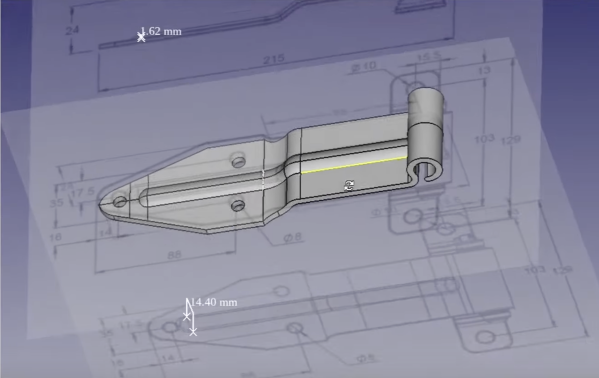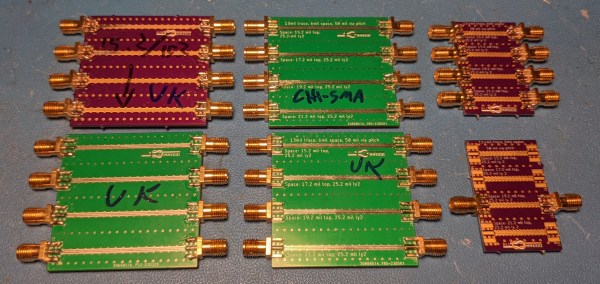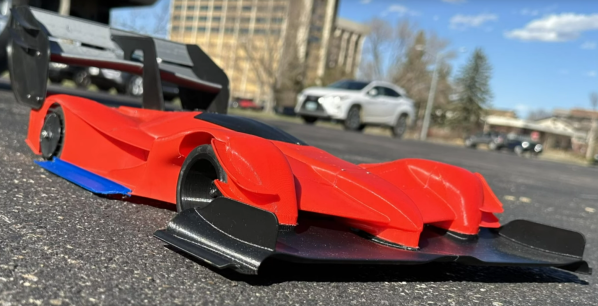Building a weather station is a fairly common project that plenty of us have taken on, and for good reason. They can be built around virtually any microcontroller or full-scale computer, can have as many or few sensors as needed, and range from simple, straightforward projects to more complex systems capable of doing things like sending data off to weather services like Weather Underground. This weather station features a few innovations we don’t often see, though, with a modular and wireless design that makes it versatile and easy to scale up or down as needed.
Each of the modules in this build use the ESP32 platform, which simplifies design and also takes care of the wireless capability needed. The base station gets a few extra sensors including those for carbon dioxide, volatile organic compounds, and nitrogen oxides. It also includes a screen which can be used to display a wide variety of data gathered locally but also includes forecast information fetched from the free OpenWeatherMap API. For the sensor modules, BME280 sensors are used for temperature, pressure, and humidity and each module includes its own solar panel and battery with the ESP32 chips set to operate using as little energy as possible.
One of the things that helps easily integrate all of the sensor modules is the use of ESP-NOW, which we have seen a few times before. It essentially eliminates the need for a router and allows ESP modules to connect directly with one another. The build also goes into detail about most of the aspects of this project including the programming of the GUI that the ESP32 base station displays on its screen, so for anyone looking to start their own weather station project this should be an excellent guide. Make sure to check out this one as well if you want to send all of your weather data to Weather Underground.


















